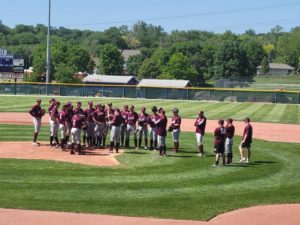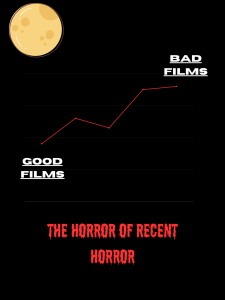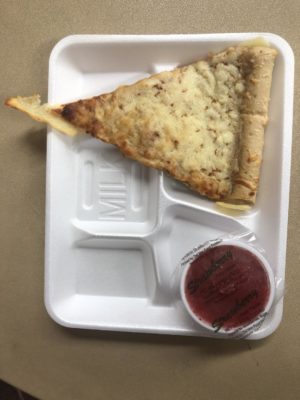AFJROTC prepares for full corps inspection
November 17, 2022
After a year of delay, the JROTC program will be undergoing a full corps inspection Nov. 29. According to JROTC Instructor Colonel Scott Vanderhoof, the corps was originally meant to to be inspected every three years, but due to complications from COVID-19, the inspection had to be postponed an extra year.
According to Vanderhoof, the AFJROTC Regional Inspector comes from Maxwell Air Force Base in Montgomery, Alabama. AFJROTC programs within the United States are split in seven different regions each one encompassing a certain number of AFJROTC corps.
When corps are inspected they are categorized into four different tiers based upon how well the entire inspection goes: does not meet standards, meets standards with discrepancies, meets standards, and exceeds standards.
In 2015, the corps was graded as “meets standards” and in 2018 the corps “exceeded standards.” Vanderhoof said that he believes the corps will again “exceed standards.”
On the day of the inspection, cadets are required to report to the South Gym. From there, they will be sectioned off under their squadron leaders and will organize themselves into formation, senior Claire Denton said.
According to senior Madison Powell, the cadets are then inspected thoroughly on their uniforms by having to answer questions pertaining to a certain aspect of their uniform whether it is a specific ribbon or cluster.
“[The inspector] is going to go to everybody in the corps individually, and unlike in our usual inspections, he will be asking us questions,” Powell said. “He’s going to ask questions like that, that we have to know off the top of our head, so we’ve been starting to ask them every week during uniform inspection.”
Furthermore, Powell said that the inspector will be picking out cadets throughout the school day, mainly during lunch, and asking them questions.
“This is why it’s a really important thing that cadets stay focused throughout the whole day because if he sees them messing around for the rest of the day it looks bad,” Powell said.
Along with inspecting cadets, the inspector will grade the JROTC instructors on how well they teach and whether or not they meet height and weight standards, and will also meet with counselors and Principal Kevin Rohlfs.
“It’s pretty structured,” Vanderhoof said. “He talks to Mr. Rohlfs, he talks to the counselors to see how we manage the corps.”
Moreover, sophomore Chloe Grabenbauer said the inspector will also receive a tour of the JROTC room, everything from the logistics area where they house the uniforms to the saber and air rifle storage.
According to Vanderhoof, having so many activities and organizations within the corps helps sets them apart from other corps and will hopefully bolster their overall score.
“They also look at that as being best practices,” Vanderhoof said. “Best practices [are] something that we do that other units may not do, but they could incorporate in their unit.”
Best practices are the different activities which JROTC is a part of such as their; marksmanship , colorguard, and drill teams.
Many of the corps members have high hopes for the inspection; however, one of the main worries within the corps stems from their slump in numbers. According to Vanderhoof, the corps has gone from 150 cadets to 85 which he believes is a product of COVID-19.
“We had a meeting this morning with our regional director, online, and he said 42% of his units right now are below the level of viability,” Vanderhoof said.
According to Powell, if the corps doesn’t reach a certain standard the fate of the corps could be in jeopardy.
“If we don’t meet all the standards, or if you know, he sees something that’s wrong, that’s like really wrong, ROTC could potentially be taken away,” Powell said.






